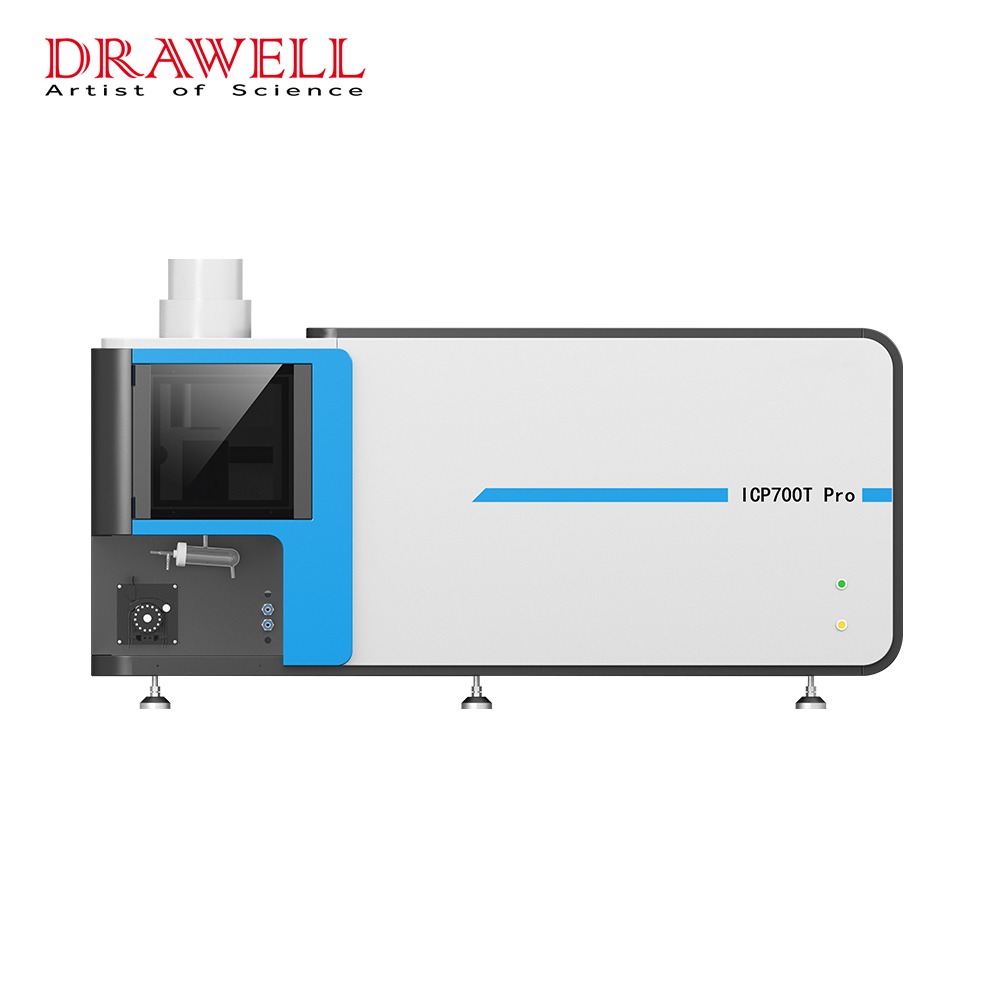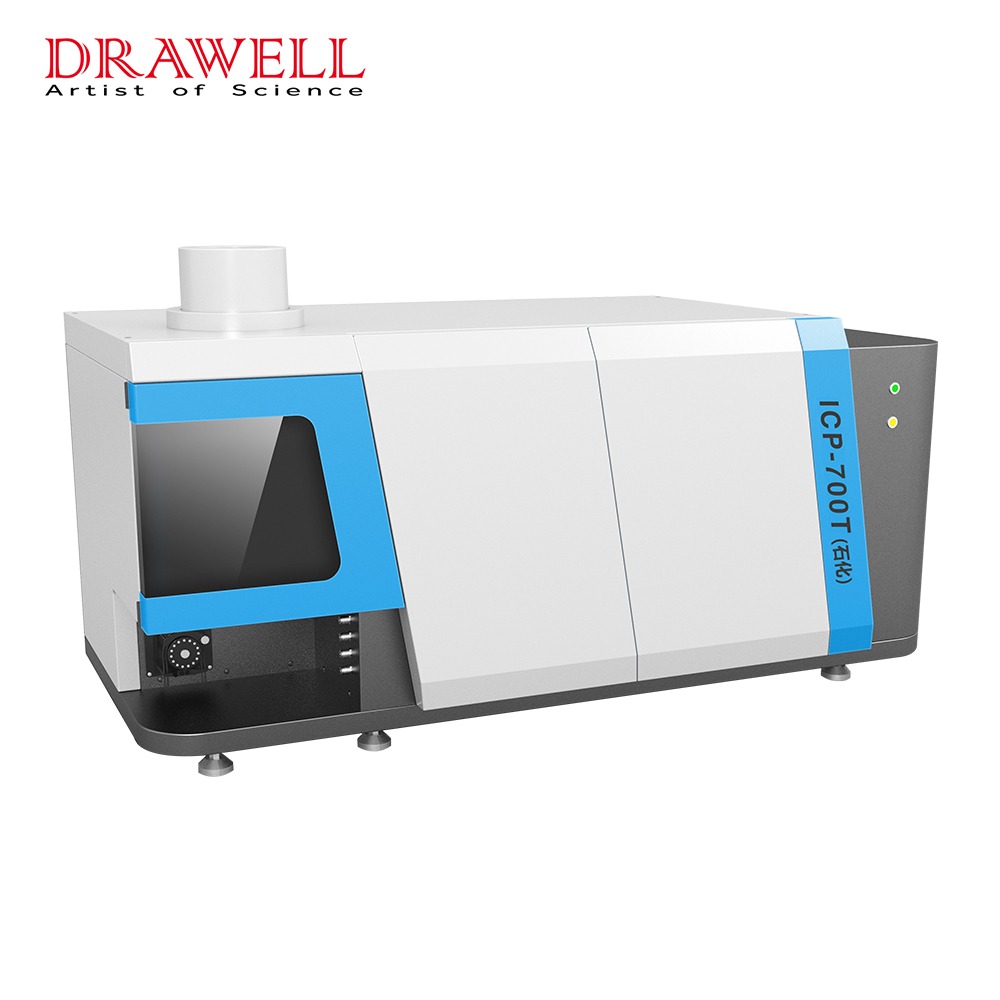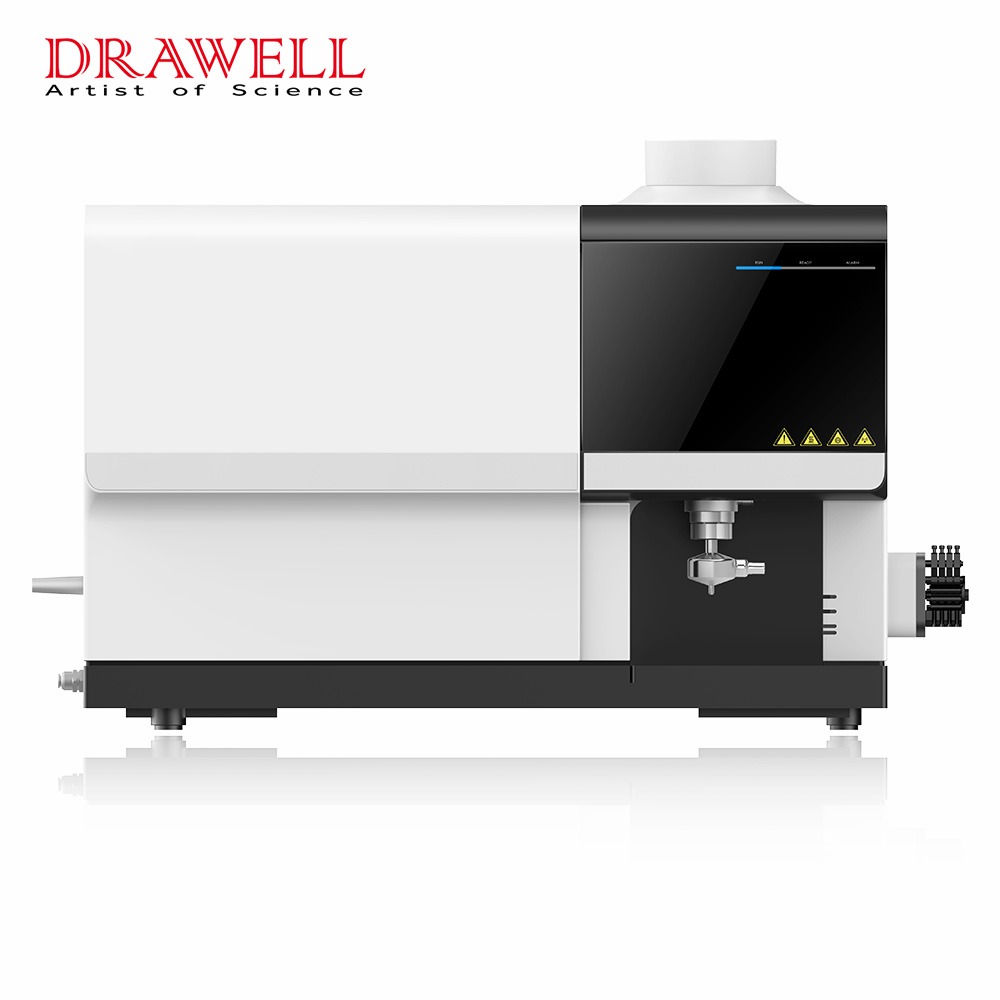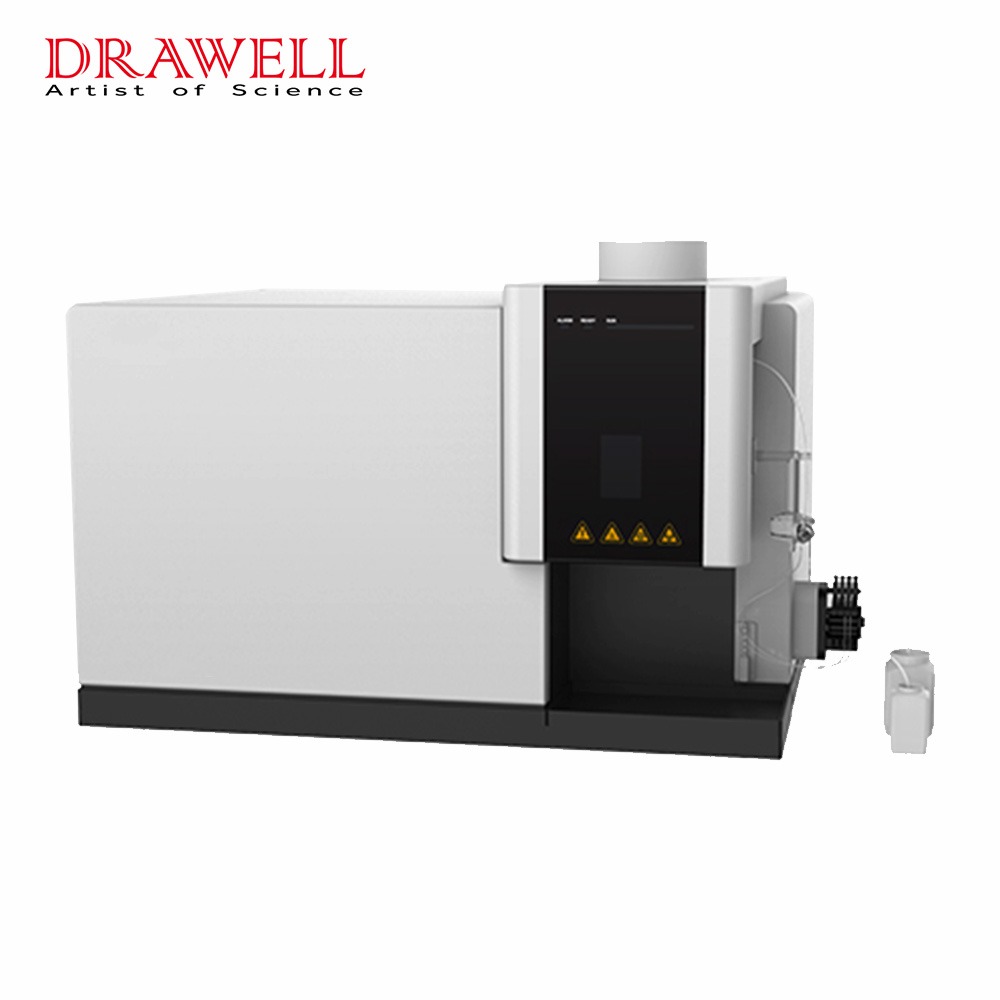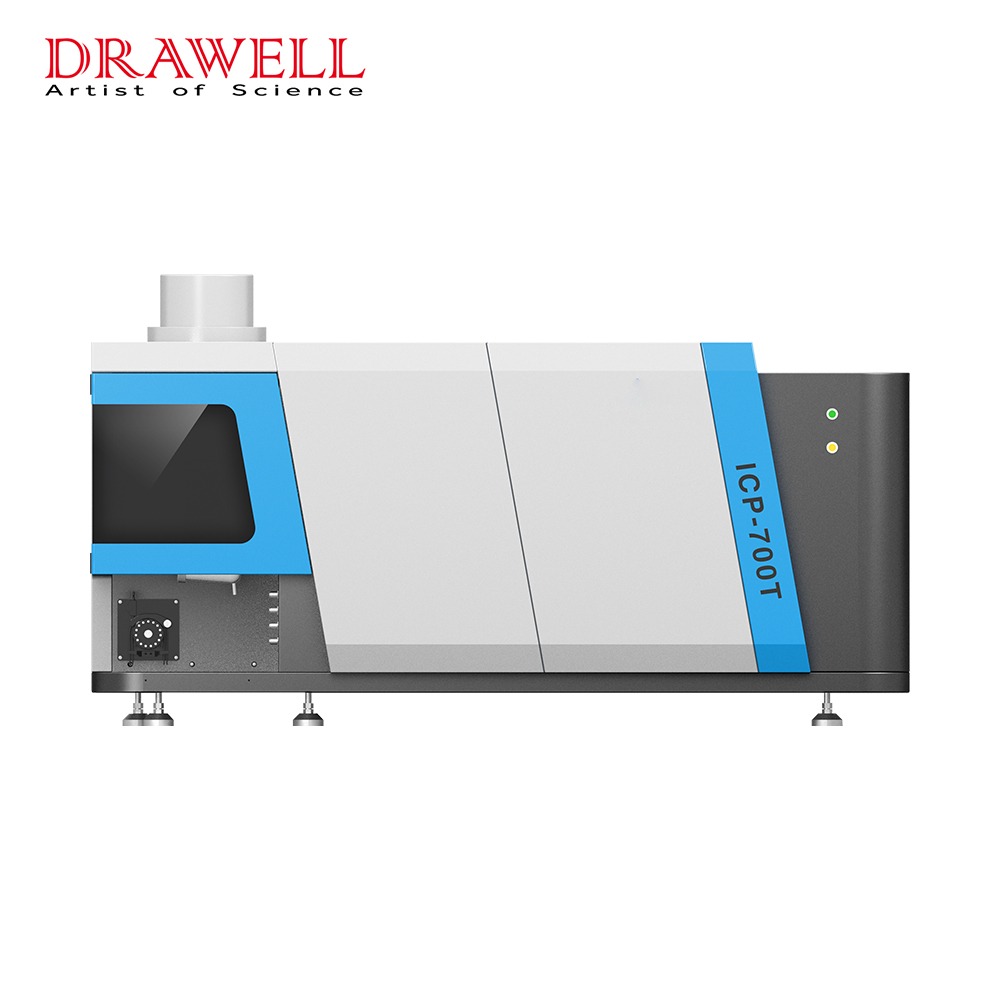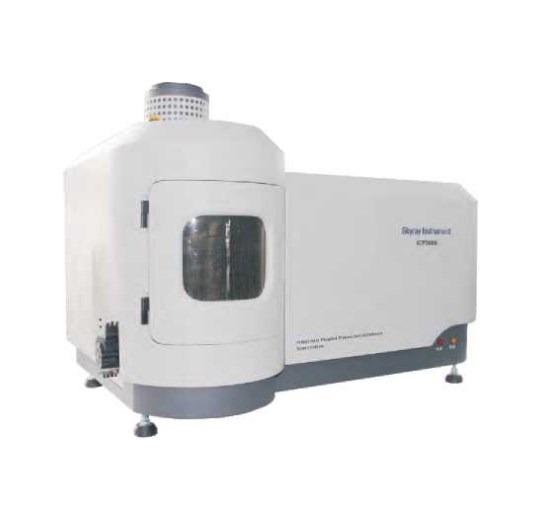Inductively Coupled Plasma Atomic Emission Spectroscopy (ICP-AES) has gained widespread adoption for elemental analysis, known for its precision and versatility. Central to this technique’s performance is its plasma source, which has undergone significant advancements to enhance efficiency, sensitivity, and environmental compatibility. In this article, we explore the key functions of plasma source technologies in ICP-AES and the key innovations in plasma source technologies driving the evolution of ICP-AES.
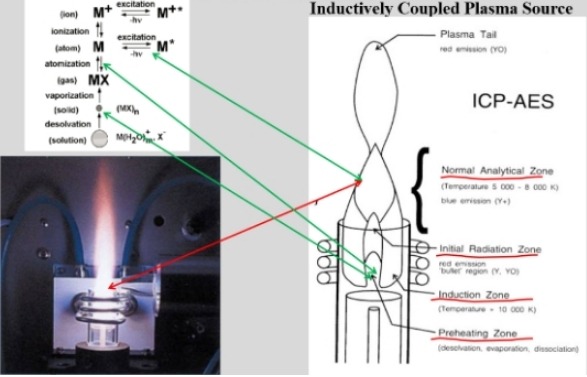
The Key Functions of Plasma Source Technologies in ICP-AES
- Sample Atomization: The plasma provides the extreme temperatures (up to 10,000 K) required to break down the sample into its constituent atoms. This process ensures the complete dissociation of complex molecules into individual atomic species, which is essential for accurate elemental analysis.
- Ionization: Plasma source technologies efficiently ionize atoms by supplying sufficient energy to remove electrons from their outer shells. This ionization enhances the precision of emission spectroscopy by producing clear and distinct spectral lines for analysis.
- Excitation of Atoms and Ions: Plasma excites atoms and ions, causing them to emit light at characteristic wavelengths. This emission forms the basis of ICP-AES, as the intensity of these spectral lines correlates with the concentration of the elements in the sample.
- Emission Signal Stability: Plasma sources maintain a stable environment for the excitation process. This stability is critical for producing reproducible emission signals, minimizing noise, and improving the accuracy of quantitative and qualitative analyses.
- Matrix Tolerance: Advanced plasma source designs allow ICP-AES instrument to handle complex sample matrices, such as high dissolved solids, organics, and heavy metals. This adaptability reduces interference and ensures accurate measurements even with challenging sample types.
- Thermal Energy Delivery: Plasma sources provide consistent thermal energy, ensuring uniform sample treatment. This uniformity is crucial for achieving consistent ionization and excitation, which directly impacts analytical precision and sensitivity.
- Flexibility in Analytical Applications: Modern plasma source technologies support adjustable operating conditions, such as variable power settings and gas flow rates. This flexibility allows users to optimize the system for different sample types and analytical requirements.
- Support for Multi-Element Analysis: Plasma’s ability to simultaneously excite multiple elements makes ICP-AES ideal for multi-element analysis. Plasma sources facilitate this by providing a consistent energy field where all elements in the sample can be efficiently detected.
- Minimization of Spectral Interferences: Well-designed plasma sources reduce spectral interferences by maintaining high plasma temperatures and ensuring efficient ionization. This minimizes overlapping spectral lines and enhances the clarity of the emission spectra.
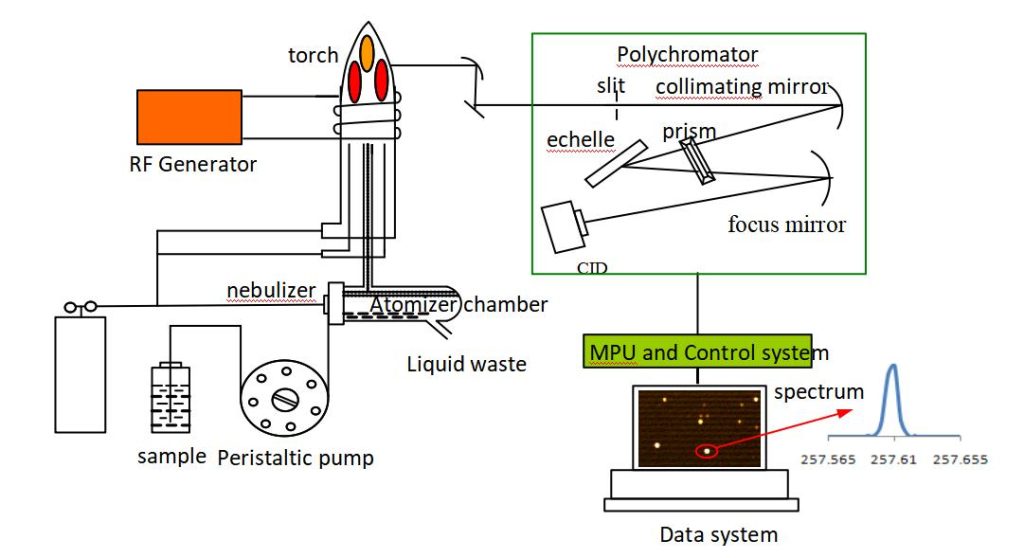
What are Common Traditional Plasma Source Technologies in ICP-AES
This chart outlines key plasma source technologies used in ICP-AES spectrometer, providing insights into their characteristics, strengths, and drawbacks.
| Plasma Source Technology | Description | Advantages | Limitations |
| Inductively Coupled Plasma (ICP) | Uses an electromagnetic field to generate plasma in an argon gas flow. | High stability, efficient ionization, suitable for multi-element analysis. | High argon consumption, requires robust cooling systems. |
| Direct Current Plasma (DCP) | Utilizes a direct current to sustain plasma, typically with three electrodes. | Lower gas consumption, simpler design. | Less stable than ICP, limited sample matrix tolerance. |
| Microwave-Induced Plasma (MIP) | Generated by microwave energy in a small quartz tube, often with nitrogen or argon. | Portable systems, reduced operational costs. | Lower temperatures, less effective for high-matrix samples. |
| Capacitively Coupled Plasma (CCP) | Plasma maintained by a high-frequency electric field between two parallel electrodes. | Compact and energy-efficient design. | Limited adoption in commercial systems, lower robustness for complex matrices. |
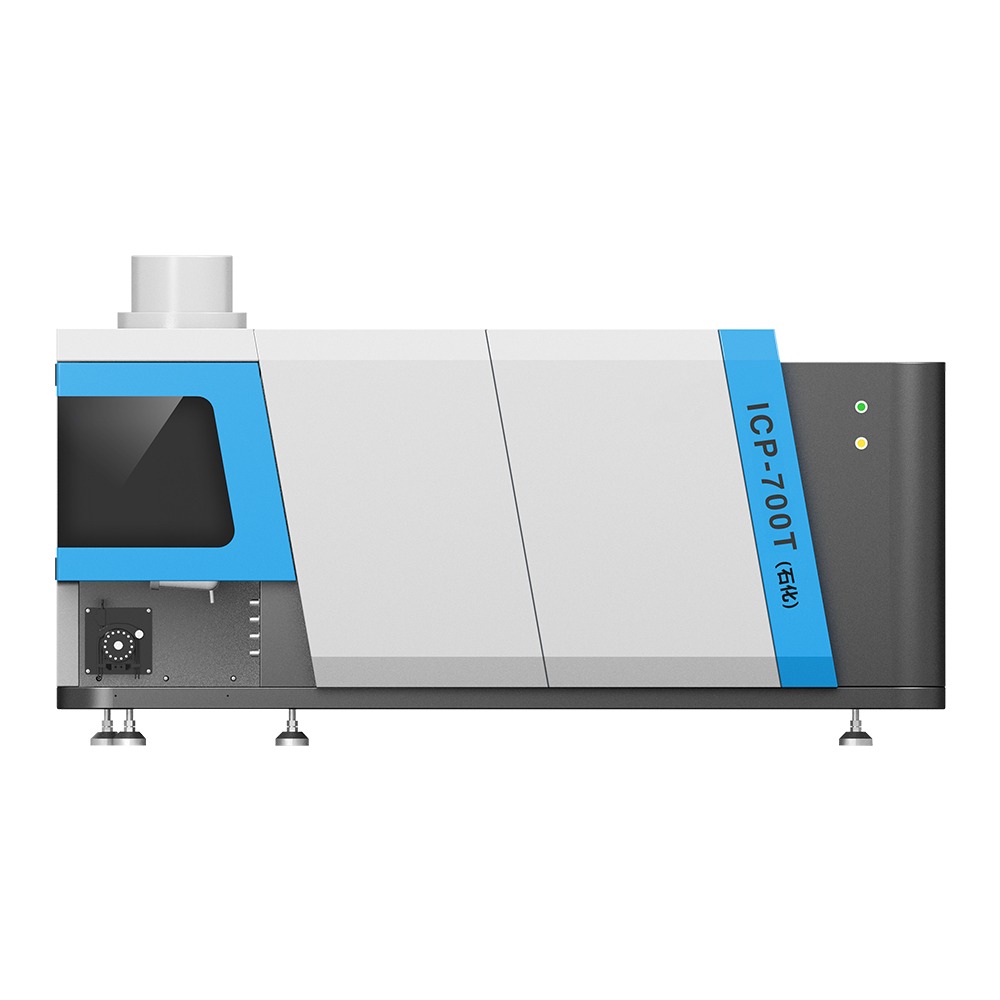
Key Innovations in Plasma Source Technologies for ICP-AES
- Energy-Efficient Plasma Sources: Modern plasma generators are designed to reduce energy consumption while maintaining high-temperature performance. Enhanced power supplies with optimized energy transfer reduce heat loss and improve overall system efficiency. This advancement is particularly beneficial for laboratories seeking to lower operational costs.
- Low-Argon Plasma Systems: Argon gas, essential for plasma generation, represents a significant operational expense in ICP-AES. Recent innovations in gas dynamics and plasma stabilization have resulted in systems that consume less argon. Alternative gases, such as nitrogen, are also being explored, further reducing dependency on argon.
- Miniaturized Plasma Generators: Compact plasma sources have made ICP-AES systems more portable, enabling field analysis and applications in remote locations. These miniaturized generators maintain high analytical performance while requiring less power and infrastructure.
- Enhanced Plasma Stability: Advanced designs for plasma torches and coils have improved the stability of plasma sources. Features such as optimized cooling mechanisms, durable torch materials, and improved electromagnetic field control minimize fluctuations, ensuring consistent analytical performance.
- Hybrid Plasma Technologies: Hybrid systems combining different plasma generation techniques (e.g., inductively coupled and microwave-induced) offer enhanced versatility. These systems enable users to tailor plasma conditions for specific sample types, improving accuracy for complex matrices.
- Digital Integration and Automation: Digital technologies are transforming plasma source management. Real-time monitoring and automated adjustments ensure optimal plasma conditions, reducing manual intervention. AI-powered systems are emerging to predict and mitigate potential disruptions, further enhancing reliability.
- High-Temperature Plasma Systems: New plasma sources capable of achieving even higher temperatures are being developed, improving the detection of elements with high ionization potentials. These systems expand the analytical range of ICP-AES to include previously challenging elements.
- Environmentally Friendly Designs: The move toward sustainability has driven innovations in plasma source technology that minimize resource consumption and waste. Reduced gas flow rates and energy-efficient designs align with global environmental goals, making ICP-AES more eco-friendly.
9.jpg)
What are the benefits of these innovations?
- High Stability: Advanced control systems minimize fluctuations in plasma parameters, ensuring reliable and repeatable results.
- Reduced Argon Consumption: Innovations in gas flow design have led to significant cost savings and environmental benefits.
- Compact Designs: Miniaturized plasma sources allow for portable ICP-AES systems, broadening their usability in field applications.
- Digital Integration: Real-time monitoring and adjustment of plasma conditions enhance precision and ease of operation.
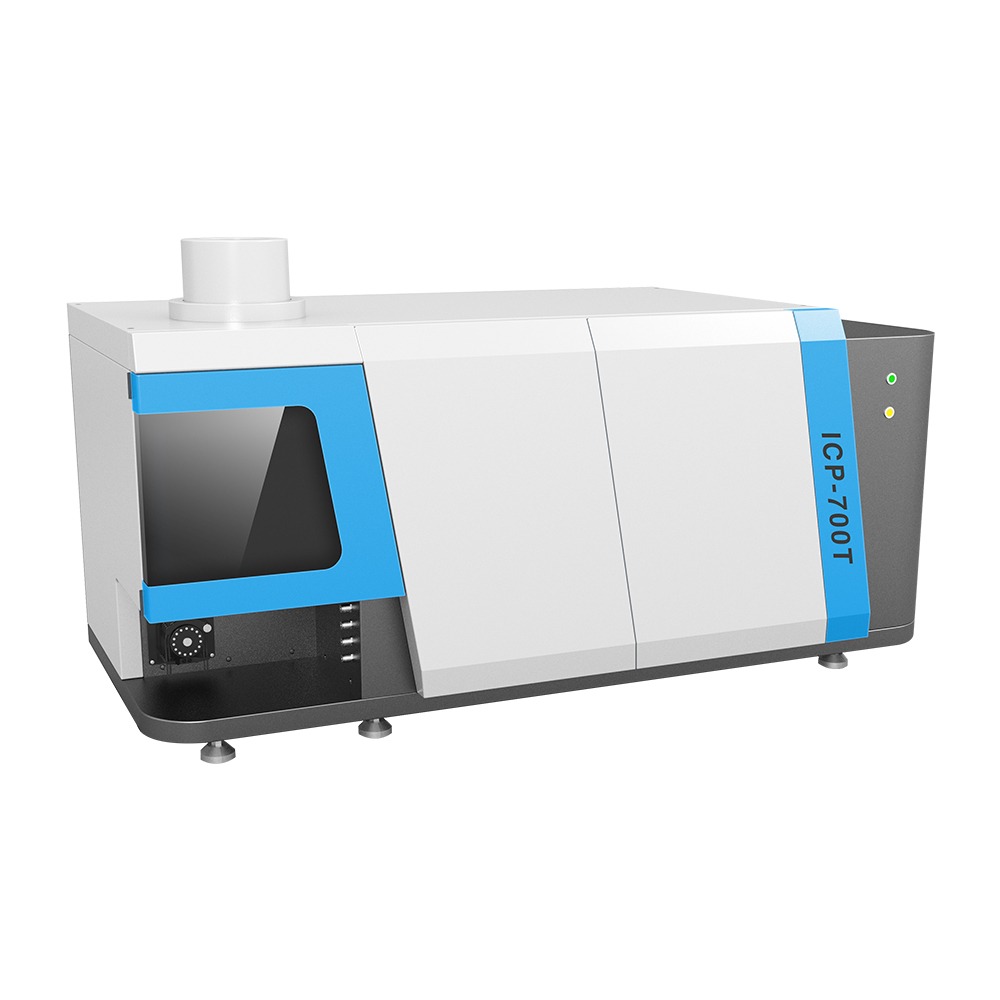
Challenges and Future Directions in Plasma Source Technologies for ICP-AES
While advancements have significantly improved plasma source technologies, challenges such as managing contamination and optimizing plasma performance for non-argon gases remain. Future developments may include fully automated plasma systems and increased integration with AI for predictive diagnostics and maintenance.
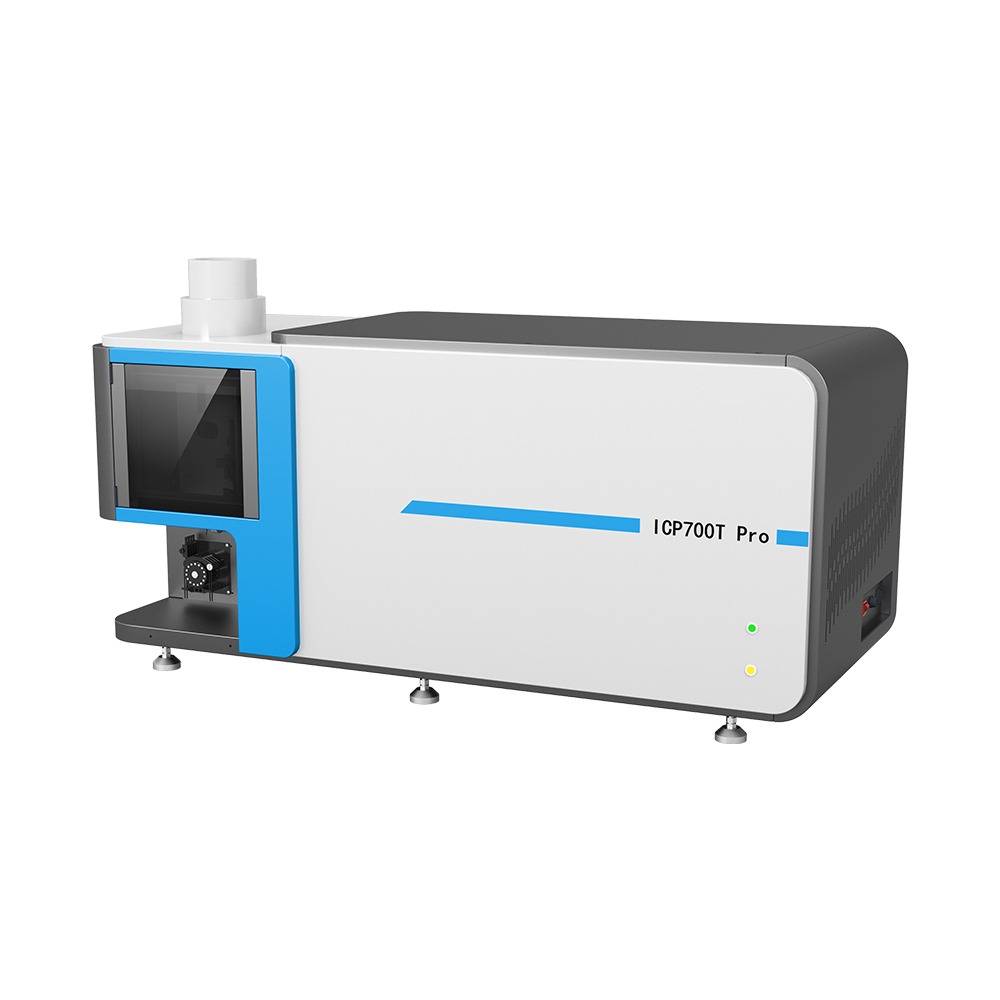
Conclusion
The plasma source is the engine driving the capabilities of ICP-AES, performing critical functions that ensure accurate, precise, and versatile elemental analysis. Advances in plasma source technologies have further enhanced these functions, solidifying ICP-AES as a vital tool across scientific and industrial applications.

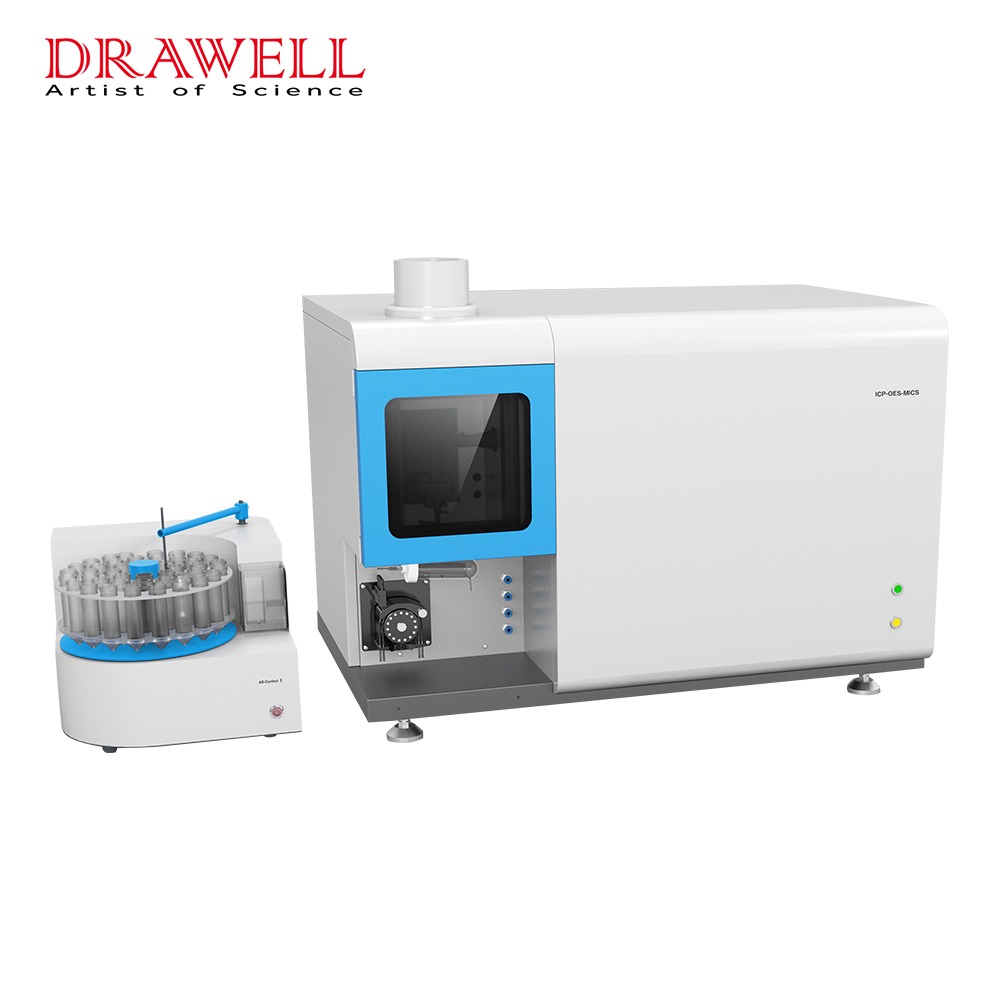
2.jpg)
